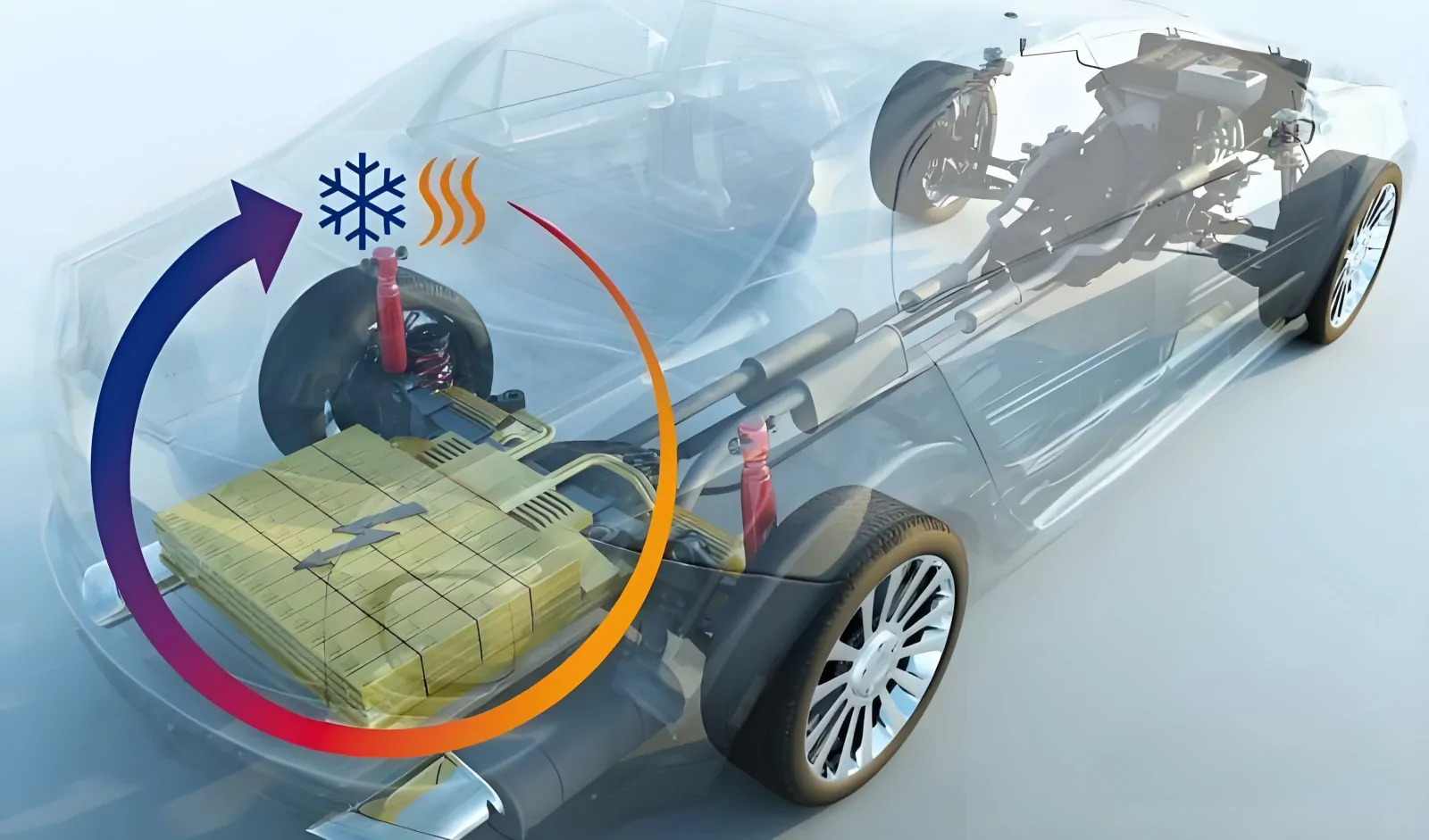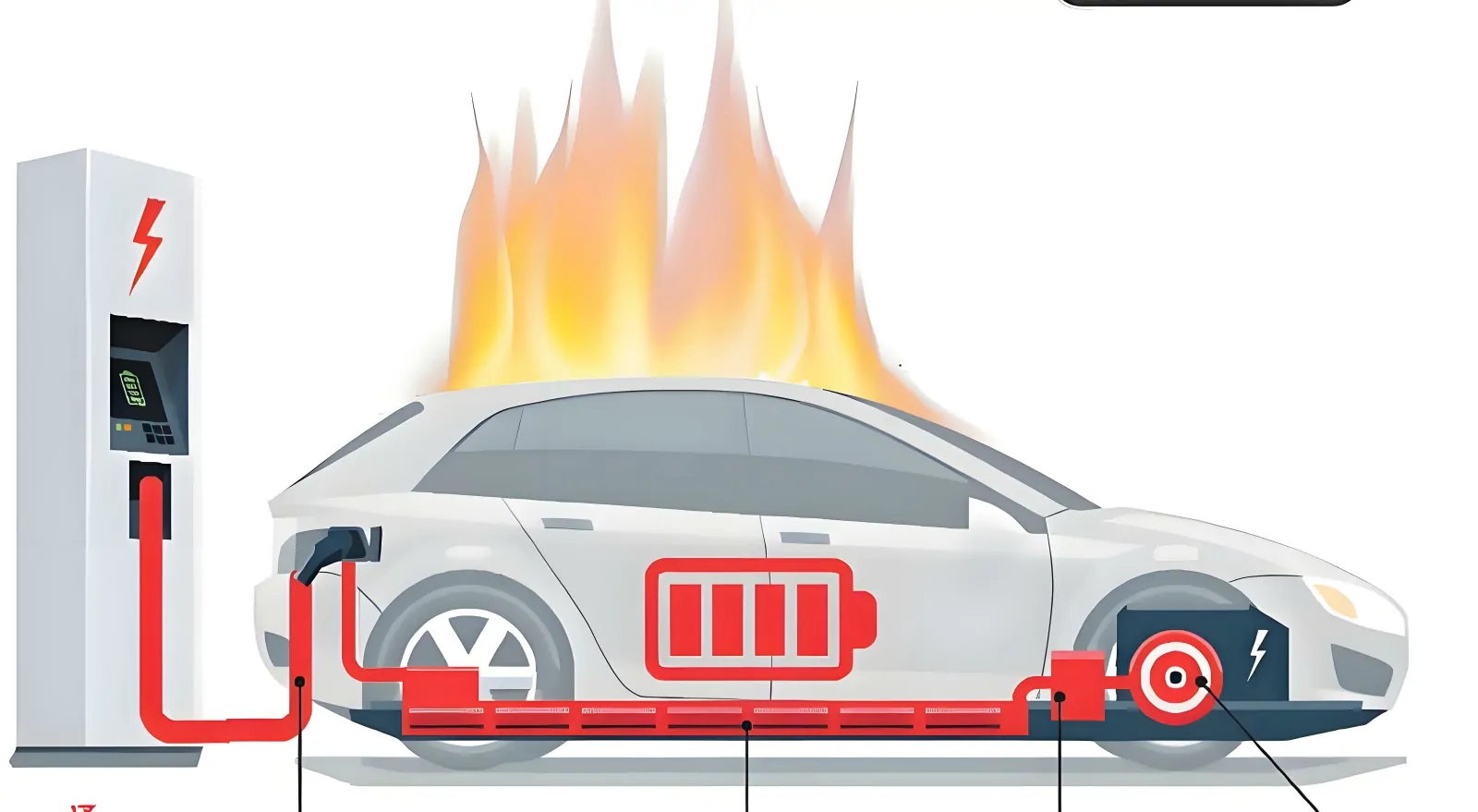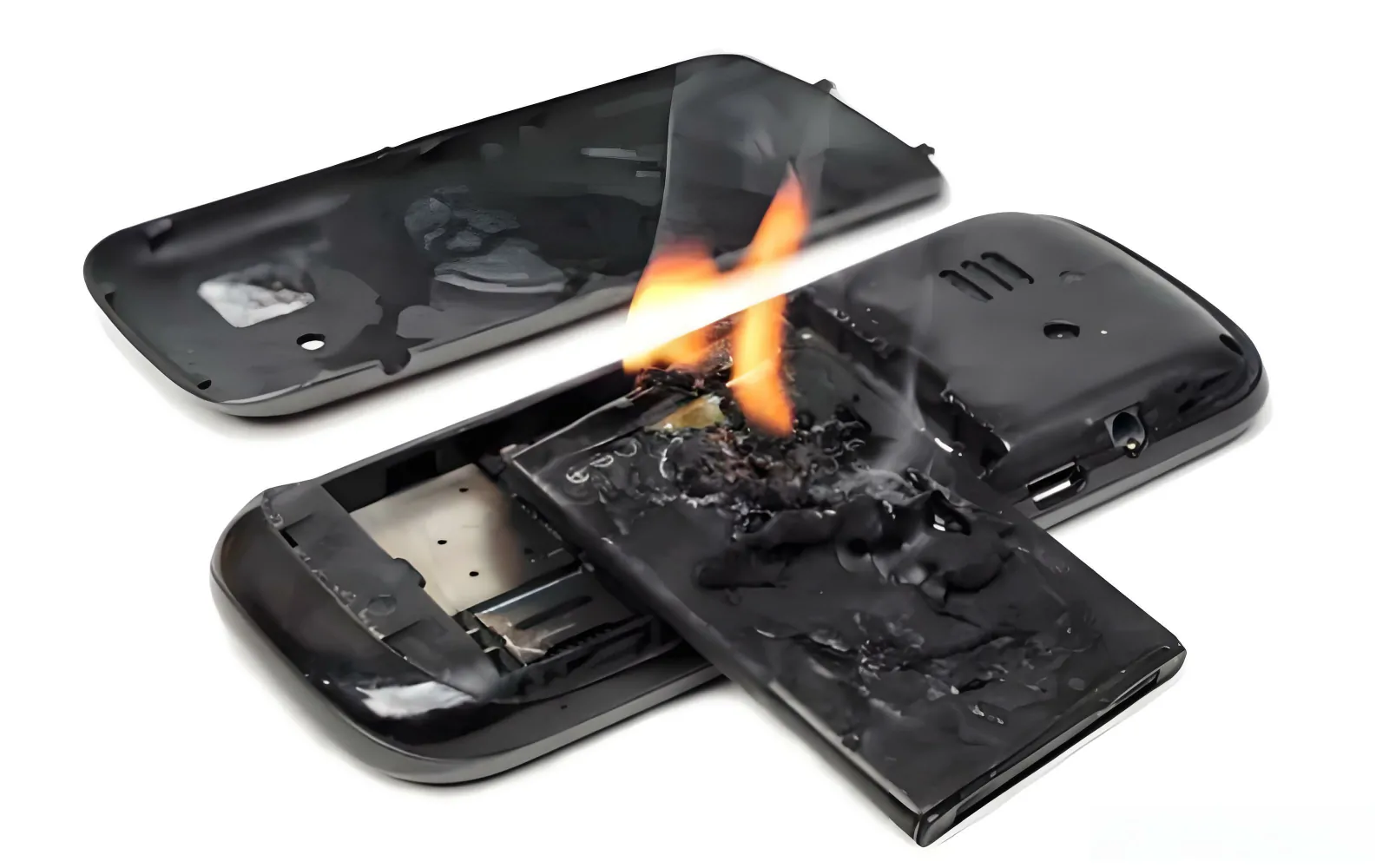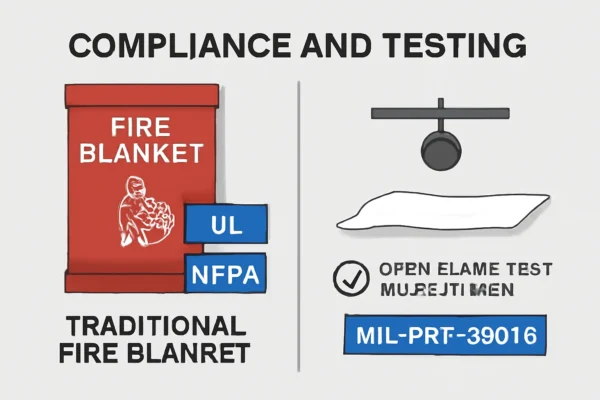On August 12, 2023, a Tesla Model S caught fire on a California highway. Firefighters battled the flames for over 6 hours, using 30,000 gallons of water—yet the battery reignited hours later. This was a textbook case of battery thermal runway, a phenomenon that, according to the National Transportation Safety Board (NTSB), is responsible for over 50% of EV fires.
With the rapid growth of electric vehicles, consumer electronics, and energy storage systems, understanding lithium battery thermal runaway—its causes, consequences, and prevention—is critical for manufacturers, regulators, and consumers. As lithium ion batteries continue to dominate the energy sector, addressing their safety challenges is more urgent than ever.
What is a Thermal Runaway?

Define Thermal Runaway
Thermal runaway is essentially a short circuit phenomenon, but this short circuit occurs inside the battery. The short circuit inside the battery causes uncontrollable and continuous temperature rise, and eventually reacts with the oxide to cause continuous combustion. Most common electric car fires are caused by thermal runaway.
Why is This a Major Concern for EVs?
EV thermal runaway is especially dangerous in electric vehicles, where battery packs contain thousands of individual cells. A single failing battery cell can trigger Uncontrolled Thermal Reaction, causing a chain reaction that spreads across the entire battery module. This is why thermal runaway events in electric vehicles are often more intense and harder to extinguish than gasoline fires.
The Chevrolet Bolt EV recall in 2021, involving over 140,000 vehicles, was traced back to manufacturing defects that lead to Uncontrolled Thermal Reaction. Automakers, including Tesla, GM, and Ford, are investing heavily in advanced battery safety mechanisms to prevent Thermal Instability.
What Causes Thermal Runaway?

The technological breakthrough of lithium batteries is very complex, but the structure is very simple. The interior of a lithium battery consists of a positive electrode (usually a compound containing lithium, such as lithium cobalt oxide, lithium iron phosphate, etc.), a negative electrode (usually graphite), an electrolyte (usually a solvent containing lithium salts), the electrolyte allows ions to flow in the battery, and a diaphragm, which is made of non-conductive materials. The purpose is to prevent the positive and negative electrodes from directly contacting each other and causing a short circuit, while allowing lithium ions to pass freely during the charging and discharging process.
Whether charging or discharging, the ions are transferred to each other. The diaphragm allows the ions to pass, but the positive and negative electrodes do not contact.
The obvious problem is that if the diaphragm is damaged, the positive and negative electrodes will contact, and like wires, the contact between the positive and negative electrodes will cause a short circuit. However, there is no “air switch” inside the lithium battery. When the diaphragm is damaged, the contact between the positive and negative electrodes will produce a chemical reaction and continue to release heat. This is thermal runaway, which will eventually lead to combustion. The positive electrode materials of the battery (such as lithium cobalt oxide, nickel cobalt manganese oxide, etc.) usually contain metal oxides. These oxides can decompose and release oxygen when overheated or short-circuited. This oxygen accelerates the combustion reaction inside the battery.
Damage to the diaphragm is the culprit for thermal runaway, which is the main cause of most EV fires.Thermal runaway can occur due to several factors:
- Overcharging (>4.2V per cell): Leads to lithium plating and dendrite formation, increasing short circuit risk.
- Overheating (>60°C): Accelerates chemical reactions, particularly in high-energy-density batteries.
- Physical damage: Tesla mandates battery replacement for dents >1mm—a sign of how fragile lithium ion cells are. Think of a lithium ion cell as a newborn baby—delicate and highly reactive if mishandled.
- Manufacturing defects: Microscopic contaminants or misaligned electrodes can create localized hotspots, initiating failure and leading to EV thermal runaway.
In 2020, Hyundai recalled 82,000 Kona EVs worldwide after thermal runaway-related fires were linked to defective battery separators. This case emphasized the importance of strict quality control in battery module manufacturing.
Where is Thermal Runaway a Concern?

Thermal runaway events extend across multiple industries:
- Electric vehicles: The National Fire Protection Association (NFPA) reports a 25% rise in EV battery fires over five years. To mitigate risks, some manufacturers use fire-resistant enclosures and early fault detection systems to prevent fire.
- Consumer Electronics: Samsung adopted gel-based batteries to prevent overheating after the 2016 Galaxy Note 7 Battery Thermal Failure incidents, limiting fast charging to 45W for safety.
- Energy Storage Systems: Poor thermal management in energy storage contributes to 60% of large-scale battery storage failures.
- Boeing’s 787 Dreamliner faced grounding issues due to lithium battery Battery Thermal Failure events.
- The maritime industry is testing fire suppression enclosures for shipboard battery modules to prevent catastrophic failures at sea.
Why is Thermal Runaway Dangerous?
EV thermal runaway poses severe risks:
- Fire and explosion: Flammable gases ignite instantly.
- Toxic emissions: Releases hazardous chemicals such as hydrofluoric acid (HF).
- Thermal propagation: A failing battery cell can ignite adjacent individual cells.
- Difficult to extinguish: EV battery fires burn for hours and may reignite.
Instead of trying to “extinguish” a event, fire departments now use EV fire blankets to contain the flames and limit oxygen supply—a safer and more effective approach than traditional water-based suppression.
How Can EV Thermal Runaway Be Prevented and Controlled?

Preventing thermal runaway starts at the design level. Solid-state electrolytes and ceramic-coated separators improve thermal stability, reducing the risk of it. Battery packs now incorporate fire-resistant materials and phase-change materials (PCMs) to absorb heat and delay runaway reactions.
Real-time monitoring through a Battery Management System (BMS) plays a crucial role. Advanced AI-driven algorithms can predict failures before they occur, adjusting cooling strategies dynamically. Tesla, for example, uses adaptive thermal modeling to maintain safe operating conditions and prevent thermal runway.
If you have a lithium battery pack or a power bank, it would be a good habit to store them in a lithium battery safety bag. At critical moments, the lithium battery safety bag can seal the flame and high temperature inside the bag to avoid affecting the surrounding environment.When failure does occur, containment is key. EV fire blankets smother flames by cutting off oxygen supply, while inert gas suppression (argon or nitrogen) is being tested to halt combustion. Emergency venting systems are also being integrated into battery modules to redirect flammable gases, reducing the risk of thermal runaway propagation.
As safety regulations like UL 2580, IEEE 1725, and SAE J2464 tighten, manufacturers are shifting toward safer materials, smarter monitoring, and rapid containment—ensuring that thermal runaway in lithium ion batteries is a manageable risk, not an inevitable hazard.
Technological advancement is always a double-edged sword. While we enjoy the powerful capabilities of lithium ion batteries, we must also acknowledge their inherent risks. Battery Battery Thermal Failure remains an unavoidable challenge in electric vehicles and energy storage systems, at least with today’s technology.
I won’t say that a Battery Thermal Failure event is inevitable, but it’s much like an acute illness—most of the time, you are safe. However, when EV thermal runaway can occur, if you are not prepared with proper battery management system monitoring and fire suppression solutions, the risk of Self-heating Reaction can escalate far beyond any routine safety concerns.
That’s why the industry is developing better “quick relief solutions”—from fire-resistant battery modules and phase-change materials to EV fire blankets. These innovations won’t completely eliminate the possibility of lead to thermal runway, but at the very least, they can buy you the time needed to activate the real safeguard.
As research into lithium battery thermal runaway continues, advancements in chemical reactions, smarter battery packs, and more sophisticated battery management systems will help us prevent thermal runaway more effectively. In this ongoing battle for battery safety, we are moving toward a future where these risks become more manageable and controlled.




